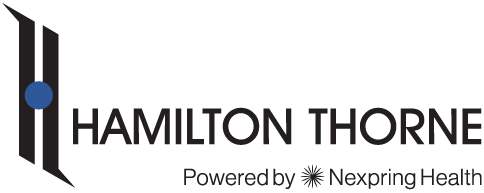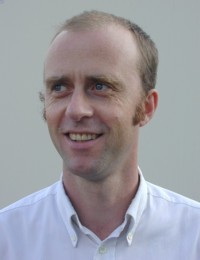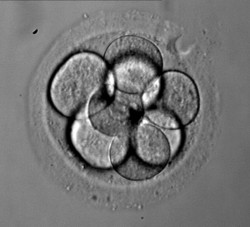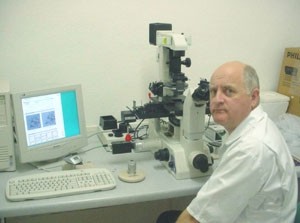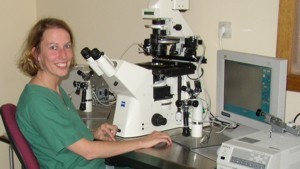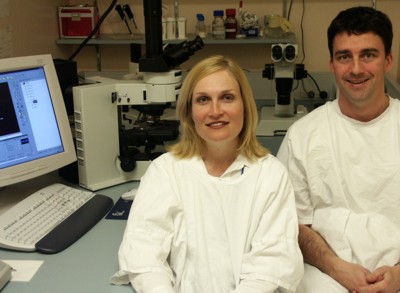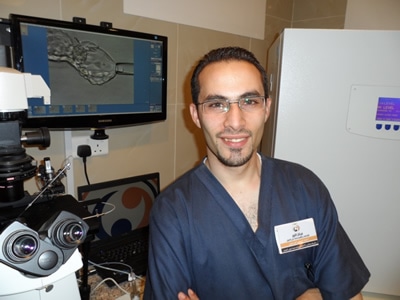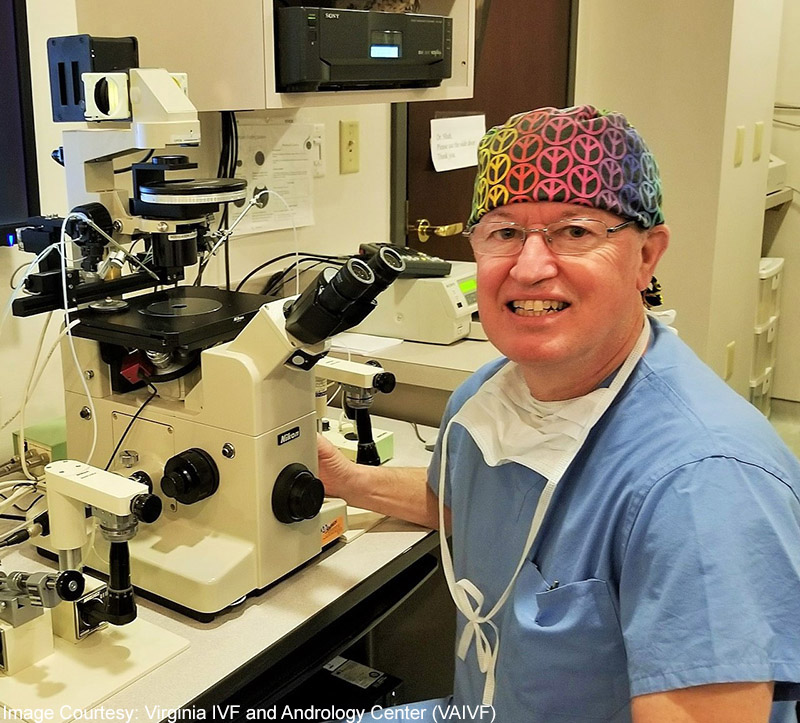In order for an embryo to implant in the uterine lining, the inner embryo (blastocyst) must “hatch” from its protective outer shell (the zona pellucida). Assisted hatching is a technique in which the zona pellucida of an embryo is purposely weakened or cut to help the embryo hatch more easily and promote implantation.
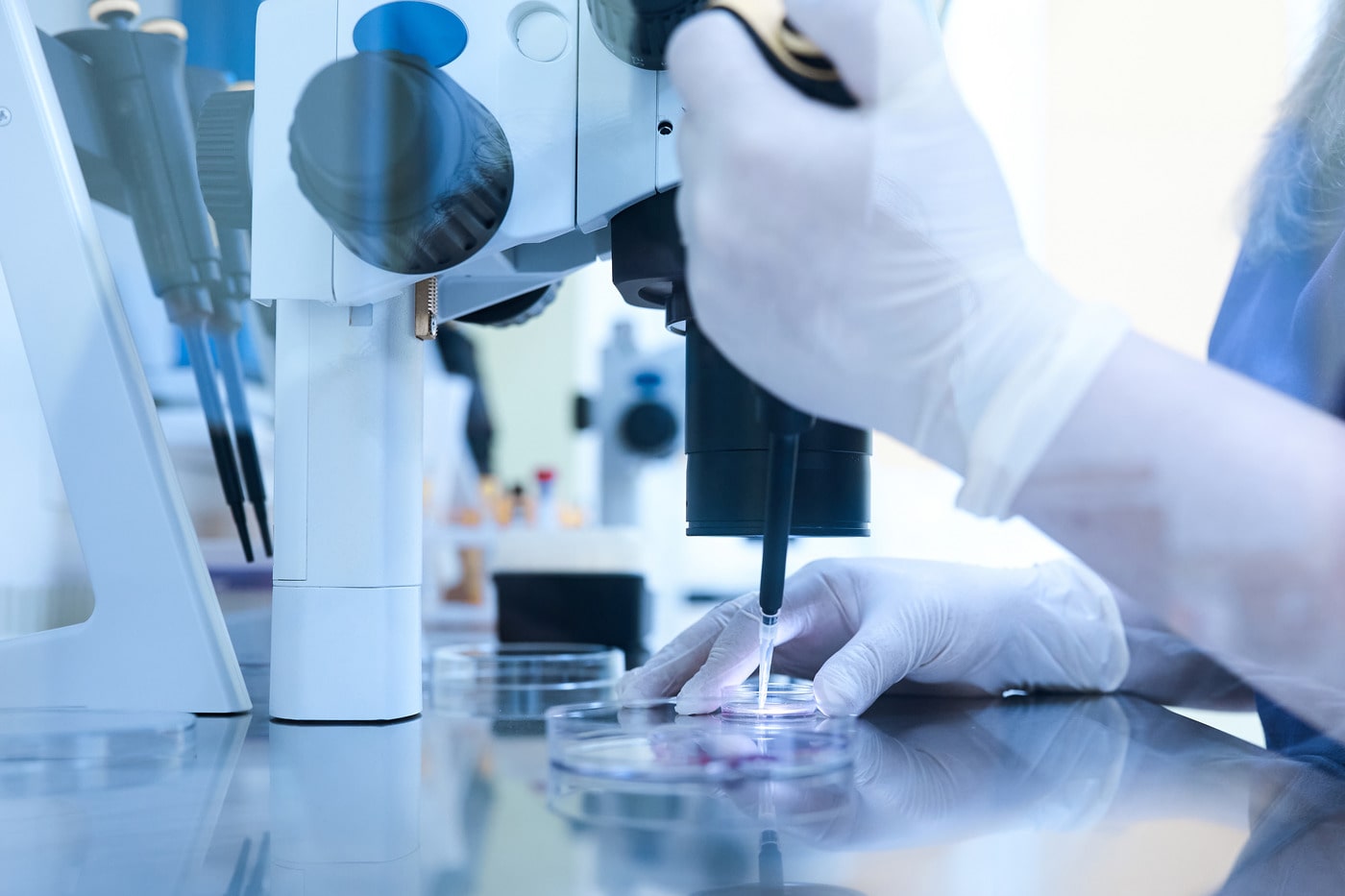
For Human Clinical
Improving Efficiencies in the IVF Lab
Working in the IVF lab requires passion and efficiency to help patients achieve successful pregnancy after struggling with infertility. We understand the challenges you face and offer a broad range of clinical solutions to help you provide effective care.

Semen Analysis
Semen analysis evaluates the quality and volume of sperm cells to determine male-factor infertility. Important factors to verify are sperm concentration, motility, concentration, volume, morphology, and DNA fragmentation.
- Our flagship CASA systems IVOS and CEROS have helped IVF clinicians worldwide make determinations on male infertility. * (Not for Clinical Diagnostic Procedures in USA – for research purposes only. Product is not available for sale in all territories)
- For IVF clinics in the USA, we offer the Lenshooke X1 Pro Semen Quality Analyzer from our partner Bonraybio.
- We also offer a variety of semen analysis accessories, try the CA0/CA1 sperm separation device from Bonraybio for preparing motile sperm from semen.
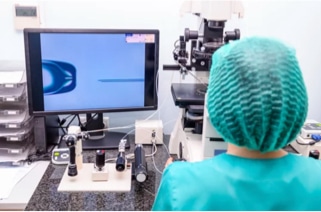
Laser-assisted Hatching
Laser-assisted hatching requires less handling of the embryo and is safer than mechanical techniques or procedures which required an acidic solution to penetrate the embryo’s outer shell.
- Hamilton Thorne’s LYKOS® or LYKOS DTS® lasers use a highly focused infrared laser beam to remove the embryo’s zona pellucida in precise increments.
- Our lasers provide a safe, efficient method for laser treatment in assisted hatching applications.
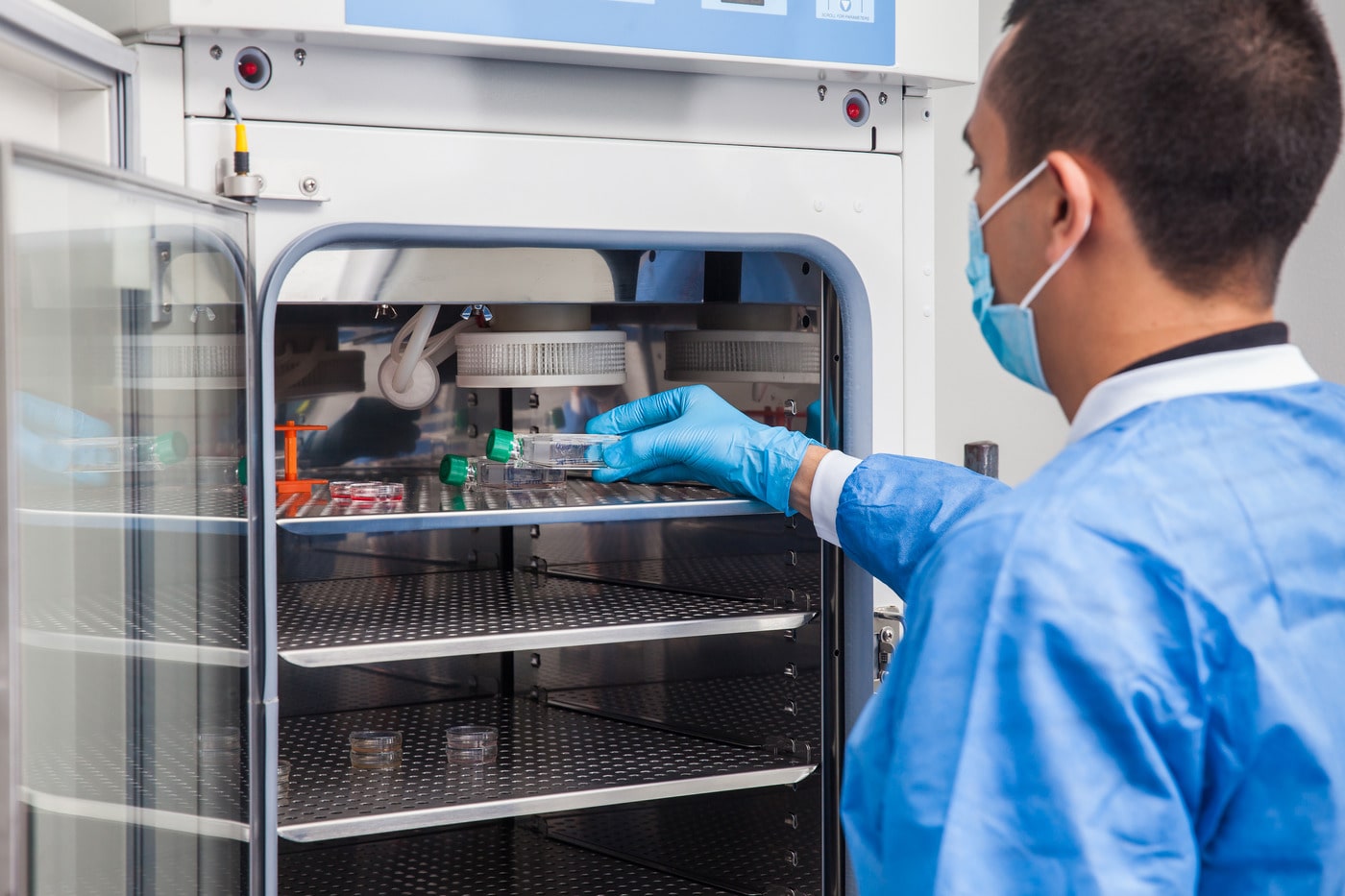
Embryo Culture
Proper embryo culture is crucial to successful embryo development. This is the process where eggs are removed from the ovaries, covered in a culture medium, and then combined with sperm to create a fertilized egg. An optimal environment is critical for the egg’s survival while outside of the body.
- With our sister companies, Hamilton Thorne can supply both the media for embryo culture and the incubators to help you create a temperature controlled and humified environment during the incubation period.
- We also offer a time-lapse incubator from our distribution partner to help you monitor every step of the embryo’s development.
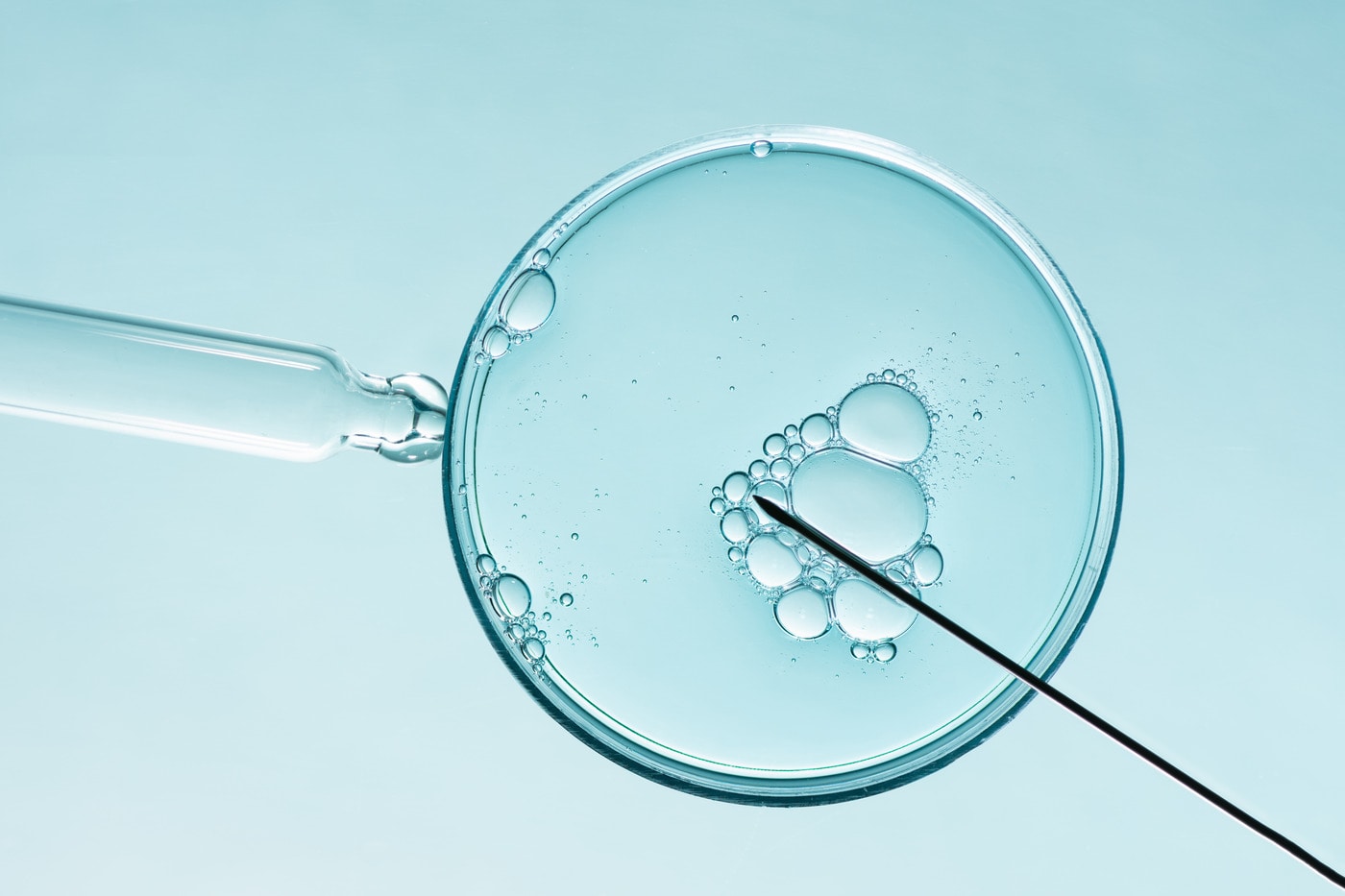
Intracytoplasmic Sperm Injection
Intracytoplasmic Sperm Injection (ICSI) is the process in which a micropipette is used to inject a single sperm into an embryo. The ICSI procedure assists with embryos that have failed to be fertilized by traditional IVF methods.
- We offer a full range of micropipettes to assist in the handling and micromanipulation of sperm and embryos during the ICSI procedure. We also provide full ICSI station setups including microscopes, anti-vibration systems, IVF workstations, and chambers. Check out our offerings for IVF lab equipment.

Embryo Biopsy
Laser-assisted biopsy is used to facilitate removal of cells from an embryo for pre-implantation genetic screening (PGS) and pre-implantation genetic diagnosis. Trophectoderm biopsy takes place at the 16-32 cell blastocyst stage of development, as the trophectoderm is beginning to herniate through the zona pellucida. Instead of removing individual blastomeres, several trophectoderm cells are removed.
- Our lasers help create a small opening in the zona pellucida so the cells can be carefully removed for biopsy.
- Trophectoderm cells can be safely dissected from the blastocyst using laser pulses.
FAQs
You have questions, we have answers.
There are three methods of assisted hatching: mechanical, chemical, and laser-assisted. With mechanical methods, an incision or hole is made in the zona pellucida using a tool such as a microsurgical knife or a special glass needle. The chemical method directs a stream of acidic hatching solution against outer shell to digest a portion of the zona pellucida. Laser-assisted hatching (LAH) uses a highly focused laser beam to remove the zona pellucida in very precise increments.
The most commonly used indications for use of assisted hatching are:
| Age | Women over 37 years old |
| Hormonal Status | Women with an elevated baseline level of FSH (follicular stimulating hormone) |
| Embryo Quality | Women with poor prognosis embryos, including conditions such as a thick zona pellucida, slow cell division rate, or high cell fragmentation |
| IVF Attempts | Women who have failed 1 or more IVF cycles |
| Frozen Embryos | Women using frozen/thawed embryos, which may have hardened zona pellucida |
The risks of assisting hatching using the laser are similar to the risks when using chemical or mechanical methods. These risks include possible damage / destruction to the embryo and a possible increased chance of monozygotic (identical) twinning.
Laser-assisted hatching may require less embryo handling than other assisted hatching methods. Also, laser-assisted hatching may be faster than other methods and therefore the embryo may spend less time outside of the incubator.
